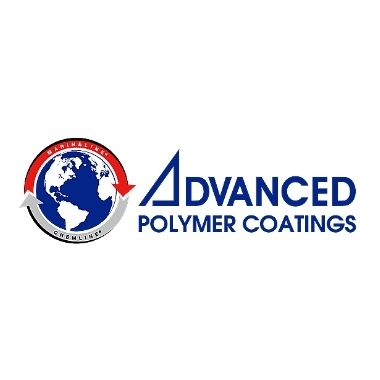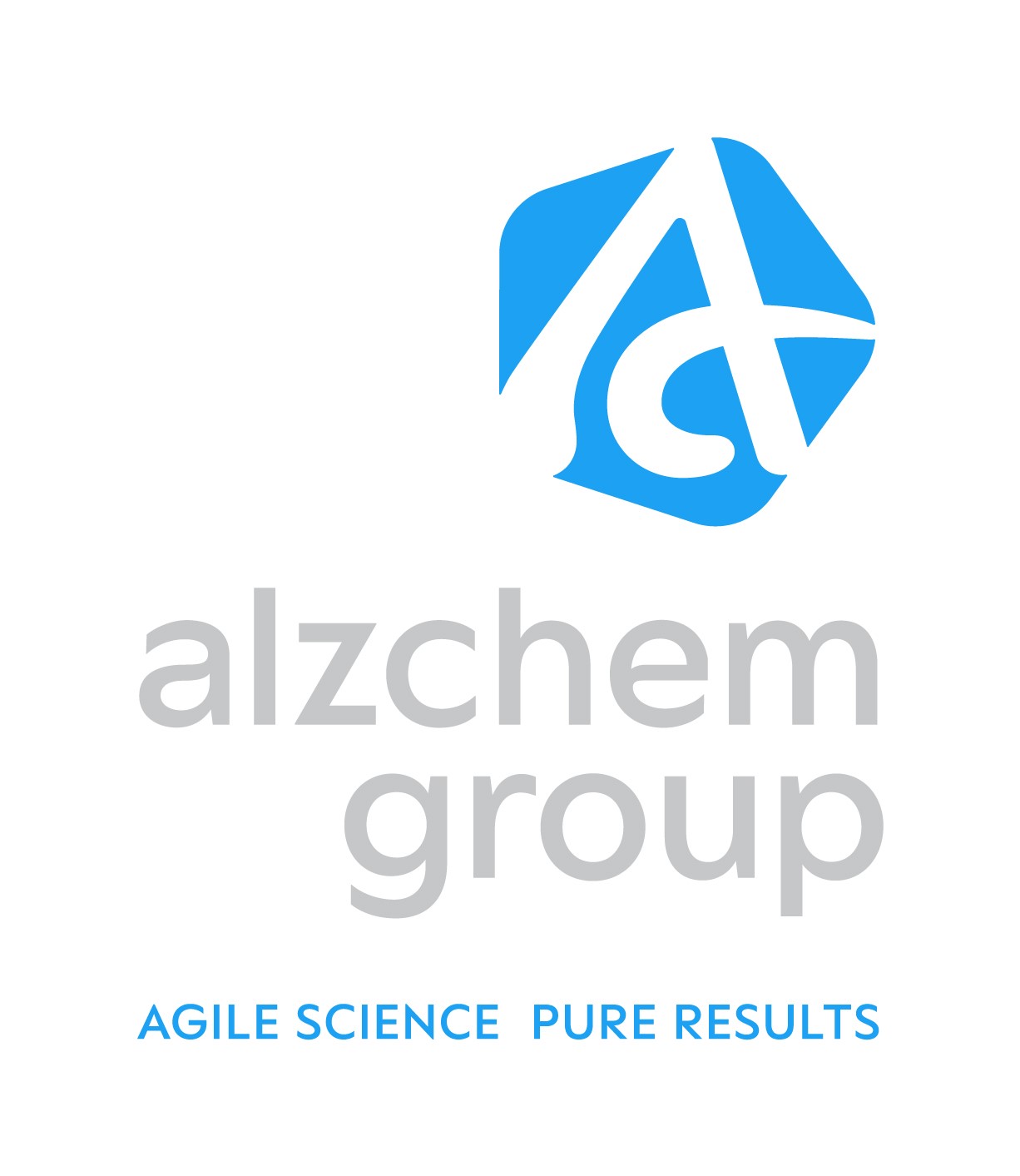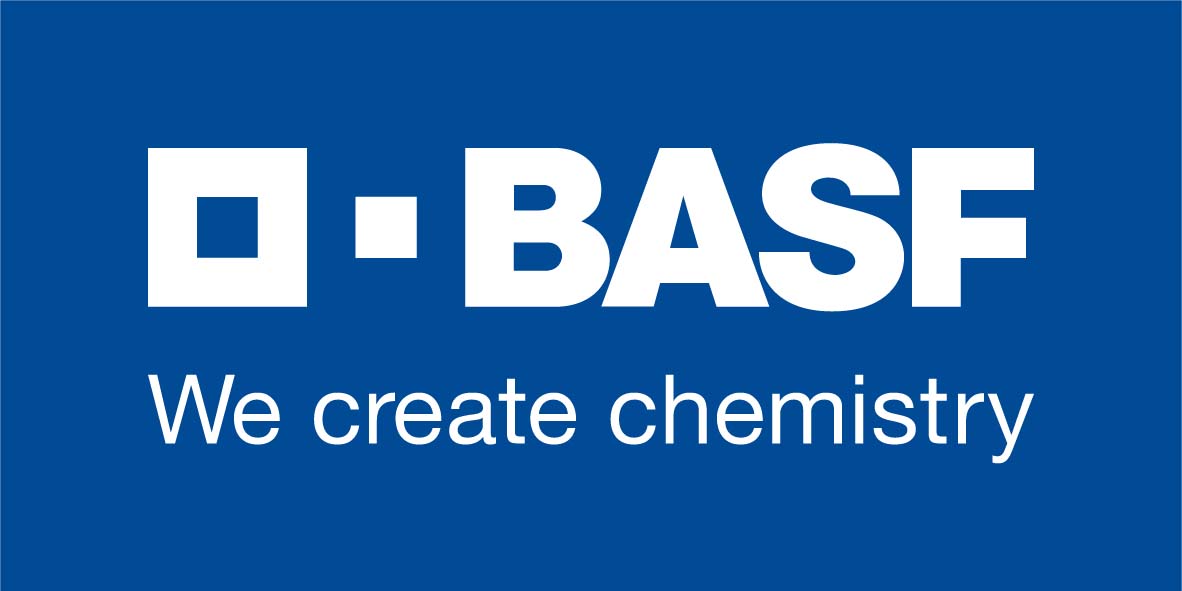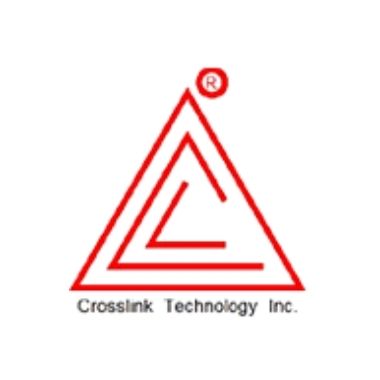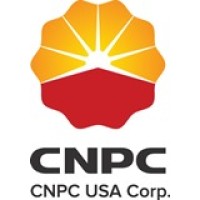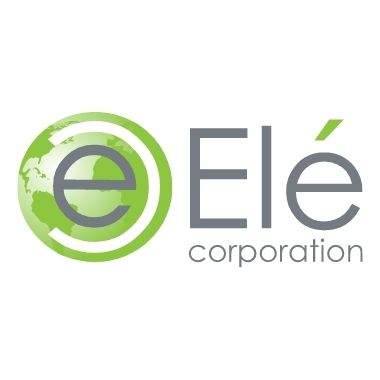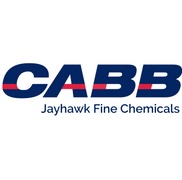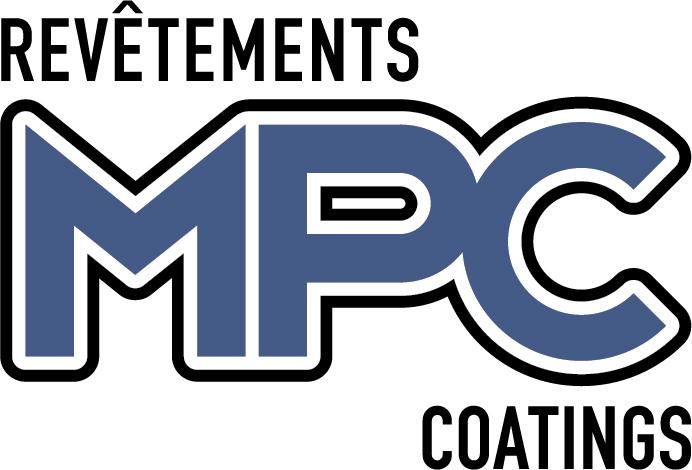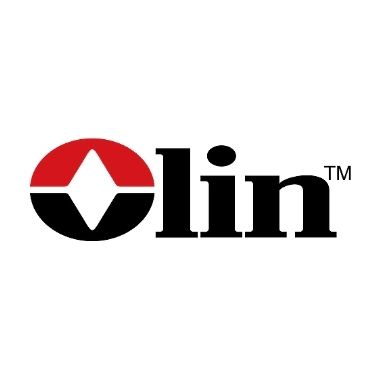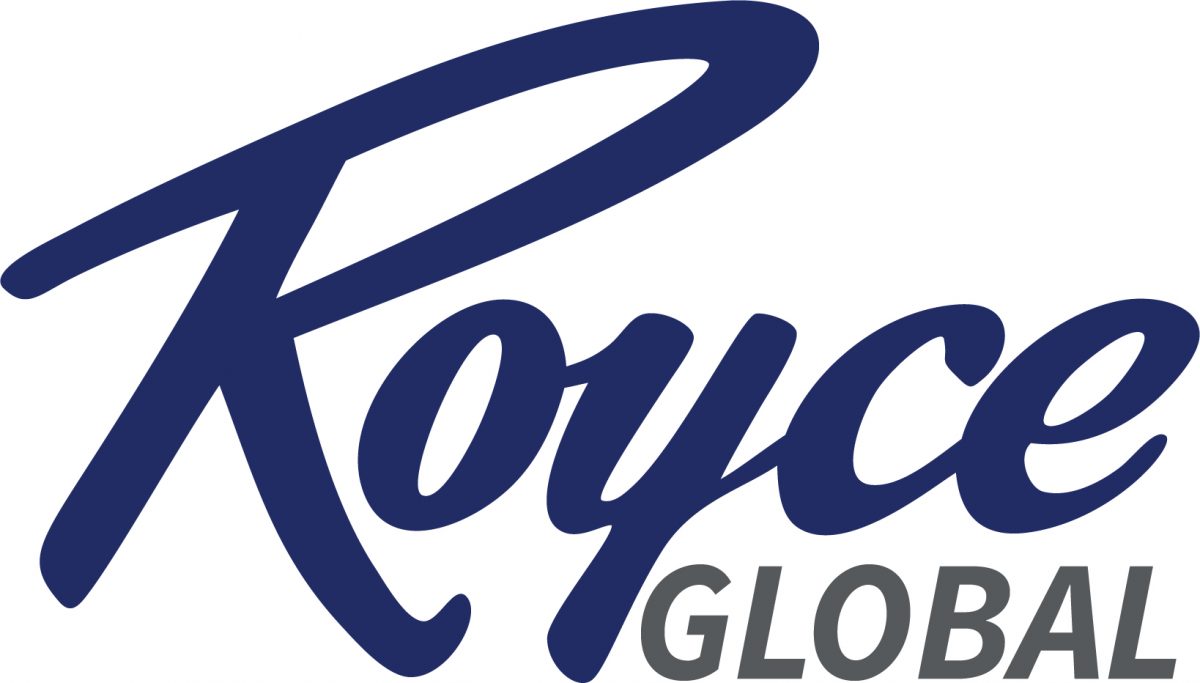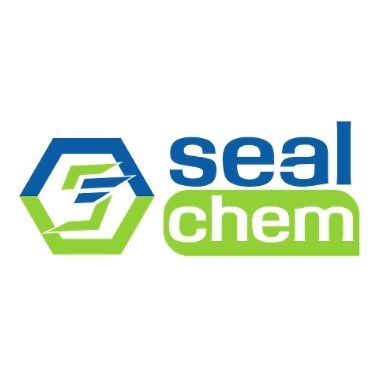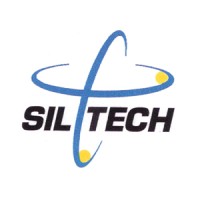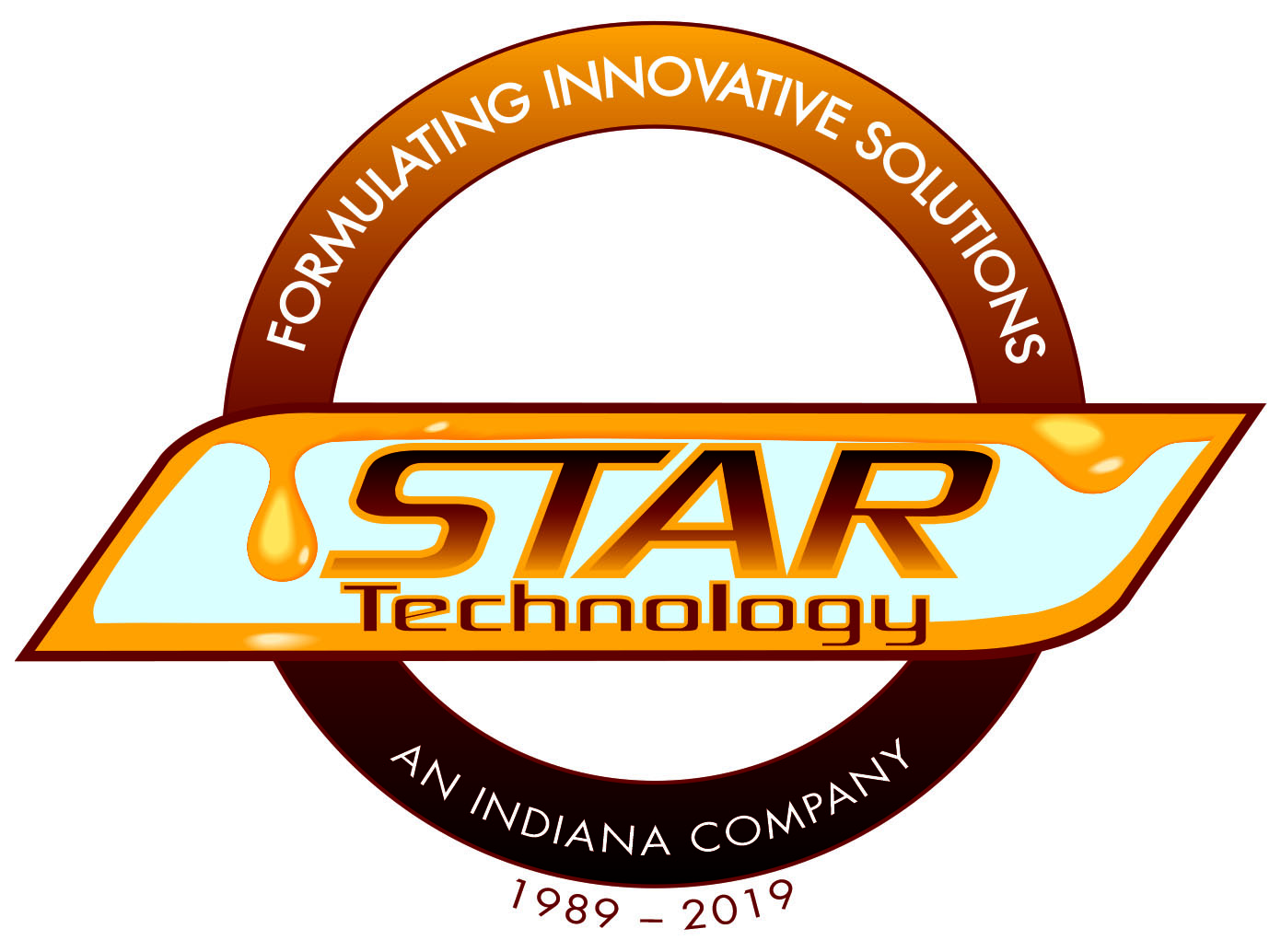2009 Annual Meeting Technical Papers
Note: Technical papers are listed in alphabetical order by company.
NEW LATENT CURING AGENTS FOR ONE-COMPONENT ADHESIVES
Atteye Abdourazak, Air Products & Chemicals
(Coatings, Civil Engineering, Flooring Committee)
Epoxy-based adhesives are broadly used in automotive, aerospace, electronics, and other markets for bonding similar and dissimilar substrates. The inherent high adhesion that epoxy provides, the ability to adhere to a multitude of substrates, the formulation versatility, and the long-term durability lend itself to these markets.
In these markets, a one-component (1K) system has been gaining recognition over two components (2K) systems in certain applications because of its “ready-to-use” aspect. An ‘off the shelf solution with no mixing eliminates the risks of incorrect mixing ratio (doping) and induction time.
The two components’ systems are generally ambient, or heat-cured, whereas the one-component system is only heat cured and requires the curing agent to be latent (reactive only at elevated temperature) both on storage and at formulations processing temperatures. The latency of a curing agent for epoxy resin determines the stability or shelf-life of the formulated product.
As a cost-saving measure, an emerging general trend in these industries is to lower the activation temperature and provide better cure at this temperature to reduce both cure cycle temperature and time. A further market requirement is to increase the overall latency of the system at ambient temperature thereby negating the need for cryogenic storage and hence further cost.
In this paper, various base formulations containing new latent curing agents will be presented that meet these ongoing market requirements. The formulations were studied for reactivity, shelf stability at various temperatures, glass transition temperature, and other performance properties related to adhesion.
STORAGE-STABLE NDI PREPOLYMERS: ELASTOMERS WITH SUPERIOR MECHANICAL AND DYNAMIC LOAD-BEARING CHARACTERISTICS
Ashok Sarpeshkar, Baule USA LLC
(Potting, Encapsulation, Electrical Committee)
1,5-Naphthalene diisocyanate (NDI) based elastomers represent the first entry into the world of polyurethane elastomer chemistry. Although the production of these elastomers has been a complicated process, they continue to be the elastomers of choice for applications that call for high load-bearing ability under dynamic conditions.
This paper describes new, storage-stable NDI prepolymers that can be processed similar to hot-cast TDI and MDI prepolymers on conventional low-pressure equipment. Elastomers produced with this new technology show excellent mechanical, dynamic, and shear properties. Additionally, 1,5-Naphthalene diisocyanate/polyester-based elastomers show hydrolysis resistance that is on par with TDI /PTMG systems.
ALIPHATIC 2-COMPONENT POLYUREA AND HYBRID-POLYUREA-POLYURETHANE SEALANTS
Jay Johnston, Bayer Material Science
(Adhesives and Sealants Committee)
Fast setting polyurea sealants are rapidly becoming the product of choice in high productivity caulking applications. However, first-generation polyurea sealants rapidly discolor on exposure to UV light. Combining aspartic ester amines with a low monomer content aliphatic prepolymer has produced sealants with dramatically improved light stability, excellent physical properties, and long gel times. This presentation will review the current state-of-the-art polyurea sealants and discuss new optimized formulations using commercially available amines.
EPOXY ANHYDRIDE - 2 PHASE SYSTEM FOR TOUGHENED APPLICATIONS
Philip Rhodes, Broadview Technologies Inc.
(Potting, Encapsulation, Electrical Committee)
There are many ways to toughen epoxy resin systems most of which compromise either the glass transition temperature or cross-link density. An alternative would be a system that phase separates during cure to form a type of block copolymer that preserves the high Tg characteristics of the solid portion while incorporating the tough and flexible characteristics of the rubber-like portion. In this paper, the properties of an epoxy anhydride system consisting of an epoxy resin, a blend of anhydrides, and a phase separation agent that facilitates phase separation during cure will be investigated.
FLAME RETARDED THERMOSET MATERIALS BASED ON PHOSPHORUS CHEMISTRY
Timothy Reilly, Clariant Corporation
(Coatings, Civil Engineering, Flooring and Potting, Encapsulation, Electrical Committees)
Within the E&E, building, and transportation industries, there is a need for a variety of flame retarded plastics. Additives containing the element phosphorus are very effective flame retardants for many of these materials. The phosphorus-based systems comprise inorganic solids, and organic liquids and solids. These include additive and reactive flame retardants. The mode of action may be specific for individual thermoset polymers and may require synergistic components for an optimized effect.
For thermoset applications, phosphorus-containing flame retardants can be found in epoxy resins, unsaturated polyester resins, and polyurethane materials like foams or casting resins. In building and construction as well as in mass transport systems formulations must be highly flame retarded and also fulfill stringent smoke density and toxicity requirements.
The efficiency of flame retardant systems containing phosphorus components for reinforced thermoset resins is shown. Compared to flame retardants such as aluminum trihydrate or magnesium hydroxide, phosphorus flame retardants allow much lower loadings to meet high safety requirements and provide the opportunity to produce lightweight construction elements with good mechanical properties.
Recently within certain consumer market sectors, there has been a demand for halogen-free flame retardants due to environmental and health issues concerning certain halogenated flame retardant additives. Some background information on this issue will be presented. Information will be presented to the formulator concerning halogen-free alternatives to halogenated flame retardants.
IMPROVED LOW-TEMPERATURE PERFORMANCE OF EPOXY ADHESIVES
Jeremy Pasatta, CVC Thermoset Specialties, an Emerald Performance Materials Company
(Coatings, Civil Engineering, Flooring Committee)
Epoxy adhesives are extremely brittle and require a method of toughening for use in structural adhesives. Traditional methods for toughening epoxy resins, such as the incorporation of carboxyl terminated butadiene acrylonitrile (CTBN) copolymers, give good room and elevated temperature toughening, but does not improve low-temperature performance, while the incorporation of carboxyl terminated butadiene (CTB) homopolymer will give improved low-temperature properties but will phase separate from the pre-cured epoxy resin. A novel method for combining both CTB and CTBN in the synthesis of an epoxy terminated butadiene acrylonitrile (ETBN) copolymer thus providing both solubility in the initial pre-cured epoxy resin as well as excellent low-temperature performance in the cured adhesive is presented.
ADVANCES IN EPOXY TECHNOLOGY FOR WINDMILL BLADE COMPOSITE FABRICATION
Rajesh Turakhia, Dow Chemical Company
(Coatings, Civil Engineering, Flooring Committee)
Wind energy is a fast-growing industry globally. Epoxy composite offers high performance and proven reliability in this demanding application and is the material of choice for windmill blade composites. Dow Chemical Epoxy Systems has developed and commercialized a full portfolio of products serving the windmill industry. In this paper, we will focus on advances in epoxy technologies that have resulted in improved performance such as fatigue resistance of windmill blades and rheology-controlled adhesives.
FORMULATION OF A NOVEL STRUCTURAL PREPREG SYSTEM FOR WIND ENERGY BLADE CONSTRUCTION
Yves Didier-Carter, Gurit UK
(Composites and Tooling Committee)
Rapid growth in wind energy blade size has placed increasing demands on composite material specifications. This paper details the formulation of prepreg systems to meet these changing requirements. Formulation methods for reducing material cost and increasing blade construction throughput by means of controlled curing kinetics are considered. Solutions for the elimination of component voiding are discussed to allow the production of higher-performance, consistent-quality, and more economical wind-energy blades.
NEXT GENERATION FIRE-RETARDANT PREPREG FORMULATION FOR MASS TRANSPORTATION APPLICATIONS
Paul Spencer, Gurit UK
(Composites and Tooling Committee)
There is an industry desire to develop next-generation fire-retardant prepregs for mass-transportation applications such as aerospace and rail interiors. This paper explores innovative formulation techniques employed to develop fire-retardant organophosphorus-based prepregs. These systems display similar fire, smoke, and toxicity properties to those of condensation-cured phenolic prepregs. In addition, improvements in properties such as surface porosity, increased mechanical properties, more economical processing requirements, and reduced refinishing costs as well as improved health and safety are discussed.
NOVEL TOUGHENED HIGH-PERFORMANCE VINYL ESTER RESINS
Gerhard Bohme, Hexion Specialty Resins
(Composites and Tooling Committee)
Historically vinyl ester resins have been the thermosetting system of choice for demanding structural composite applications, balancing good mechanical properties with ease of processing. Vinyl esters offer performance that rivals epoxy resin in terms of most bulk and reinforced properties, but they fall short in some applications where epoxy resins are favored. One approach to upgrade vinyl ester resin properties to help bridge the gap in performance is increasing toughness. However, past efforts to toughen vinyl ester resin systems with liquid rubber modifiers have yielded mixed results including lower glass transition temperatures and marginal processing characteristics. A new approach has emerged as an alternative to liquid rubber toughening agents for vinyl ester resins, without causing a loss in processability and material properties: core-shell rubber (CSR) particle dispersions. In order to utilize the benefits of CSR dispersions, Hexion Specialty Chemical has developed a synthetic pathway to incorporate them into a vinyl ester resin system. In this development effort, Hexion has partnered with a composite fabricator, TPI (Warren, Rhode Island ), to optimize a CSR-modified vinyl ester system for vacuum infusion of large structural parts.
This paper will discuss the synthetic pathway developed by Hexion, the bulk properties of the vinyl ester resin system, the reinforced composite properties, and potential application areas. In addition, a discussion of the application of the vinyl ester system in production parts will be presented.
NEW PRODUCTS: XTA-770 AND XTA-796 AS ALTERNATIVES TO AEP AND ACCELERATOR 399 ACCELERATOR FOR EPOXY RESIN POLYMERIZATION AND ILLUSTRATIONS OF SOME STRUCTURE-PROPERTY RELATIONSHIPS
Bruce L. Burton, Huntsman Corporation
(Coatings, Civil Engineering, Flooring Committee)
Comparative thermal and mechanical property data for polyetheramine cured DGEBA type epoxy resins reacted at ambient and elevated temperatures illustrate the structure-property relationships of epoxy systems at different stages of curing. Because of its high reactivity, N-aminoethylpiperazine (AEP), now in very short supply, has often been used to accelerate epoxy systems. In this paper, the acceleration provided by XTA-770, designed to work as an AEP substitute at low use levels, is described. Additionally, a new accelerator, XTA-796, is compared to newly generated data on ACCELERATOR 399, taking into account the effect on stoichiometry at different accelerator use levels.
BENZOXAZINE - TECHNOLOGY AND NEW PRODUCTS FROM HUNTSMAN
K.P. Subrahmanian, Huntsman Advanced Materials
(Potting, Encapsulation, Electrical Committee)
This paper will present the Benzoxazine chemistry and characteristics of the new Benzoxazine resins recently introduced from Huntsman for commercial application.
HIGH-TEMPERATURE EPOXIES ENHANCED BY POLYHEDRAL OLIGOMERIC SILSESQUIOXANE (POSS) MOLECULES
Bruce X. Fu, Hybrid Plastics, Inc.
(Composites and Tooling Committee)
Polyhedral oligomeric silsesquioxanes (POSS) are a class of unique hybrid organic-inorganic molecules that can be used for formulating various kinds of composite materials, adhesives, and coatings. They are a new chemical feedstock that can be used to enhance or even replace common thermoset ingredients such as bisphenol A epoxies. POSS enhanced epoxies can exhibit better performance in the areas of hydrophobicity, high oxidation resistance, and thermomechanical properties. A typical POSS molecule is composed of an inorganic silicon-oxygen cage and a number of surrounding organic substituents. The inorganic cage offers exceptional thermal and chemical stability, while the organic substituents can be tailor-made to react or compatible with different polymer matrices. There are over 200 POSS molecules available for formulating thermosets. For example, multifunctional glycidyl POSS that have 8-12 functional groups on a cage can be used to formulate room temperature curable, high-temperature resistant epoxies suitable for adhesive or composites via VARTM. Multifunctional cycloaliphatic POSS epoxides can be used to formulate high-temperature epoxies (up to 250 oC) that are suitable for RTM or filament winding process. Furthermore, cage mixtures containing both hydrophobic groups and functional groups can be synthesized and used in formulations to achieve resistance to water and to improve wet performance. Examples of POSS enhanced formulations are provided and discussed.
A STABLE DISPERSION OF A POLYMERIZED ELASTOMERIC PHASE IN EPOXY RESIN FOR ENHANCED PHYSICAL PROPERTIES
Ranell Santa Cruz, Innovative Resin Systems Inc.
(Potting, Encapsulation, Electrical Committee)
Epoxy resins, first commercialized in the 1940s are now widely used in many industries. However, the inherent brittleness of epoxy resins is a major drawback and limits their use in high-performance applications. As a result, for decades epoxy resins have been toughened by the addition of a second polymer, also known as elastomeric modifiers. However, elastomeric modifiers such as carboxyl-terminated butadiene-acrylonitrile (CTBN) to name a few, significantly reduce the mechanical properties of the epoxy. The focus of this paper is on the enhanced properties of Innovative Resin Systems' newly developed EP-1000R resin, a stable dispersion of rubber particles pre-formed in the uncured liquid epoxy resin via dispersion polymerization. The EP-1000R has an outstanding advantage over standard epoxy and conventionally modified elastomeric epoxy systems. Namely, their fracture toughness is increased without sacrificing the mechanical properties of the epoxy systems, which lends its use in high-performance applications in the adhesives, encapsulants, coatings, and composites market.
BEHAVIOR OF SOLID, CORE-SHELL-RUBBER NANOSPHERES, SINGLY DISPERSED IN THERMOSET COMPOSITES
Sean P. Walsh, Kaneka Texas
(Composites and Tooling Committee)
Since the early 1960’s core-shell-rubber (CSR) particles in agglomerated, powder form has been modifying the impact properties of thermoplastics. Recently, a new process has been scaled up to mass production that creates CSR nanospheres, 80 – 100 nm in diameter, singly dispersed in a range of thermoset resin vehicles. The effect of CSR nanospheres was evaluated in vinyl ester and unsaturated polyester resins at concentrations ranging from 1 – 5% by weight. Both neat-resin castings and glass-fiber reinforced laminates were prepared for testing. Fracture properties, k1c and G1c, of neat resin castings were measured by ASTM 5045, single-edge-notch bend (SENB) test method. Over the 1 – 5% CSR content range, k1c and G1c increased linearly. Also, the visual appearance of fracture faces indicated a change from brittle, glassy behavior to ductile failure mode when CSR nanospheres were present. Dynamic mechanical analysis (DMA) showed no change in Tg as indicated by tan delta peak throughout the range of CSR content studied. Continuous-strand mat laminates were prepared by hot-press molding at 150°C with 50% glass content by weight. Mechanical properties of laminates containing control versus resin with 5% CSR were measured. Flexural strength and stiffness increased. The results indicate that CSR nanospheres improve fracture toughness and mechanical properties without loss in Tg.
OPPORTUNITIES FOR THERMOSET RESIN IN THE WIND ENERGY MARKET
Norman Timmins and Sanjay Mazumdar, Lucintel
(Composites and Tooling Committee)
Globally, new wind energy capacity installations have surged from under 39,778 MW in 2003 to more than 121,613 MW at the end of 2008, a cumulative growth of 25.5%. With this rapid growth, significant changes have been taking place in wind energy technology. Blade length continues to increase more and more which has great implications on blade manufacturing as well as the development of new resin systems.
This paper discusses different application areas of thermoset resins in wind turbines, along with market size calculations as well as the driving factors for using thermoset resins in wind.
In recent years Epoxy has earned a preferred status in wind turbine blades as it offers stronger mechanical performance, particularly tensile and flexural strength. Epoxy contributed 31% of the total volume of raw material consumed in the wind energy market in 2008. Short post-cure time, long pot life, controlled exothermic reactions, lower viscosity, and gel time are some of the most critical properties for future resin systems.
This paper also looks into the current and future technology trends in wind turbines and describes their impact on the growth of thermoset resins in the wind market.
OPTIONS FOR FORMULATING RE-ENTREABLE ELECTRICAL ENCAPSULANTS BASED ON POLYBUTADIENE RESINS
Alain R. Drexler, Sartomer, Inc.
(Adhesives and Sealants Committee and Potting, Encapsulation and Electrical Committee)
Re-enterable encapsulants, such as those used for the installation and retrofit of underground telecommunication cable junctions have been traditionally based on modified polybutadiene polyurethanes. We describe two systems, with cures based on reactive unsaturation chemistry without isocyanate handling. The first system is an acrylate-terminated polybutadiene oligomer which is crosslinked by peroxide in a formulated, two-component mix. The second system is obtained by peroxide-initiated crosslinking of isopropanol-terminated oligomers derived from hydroxyl-terminated polybutadiene (HTPB).
The resulting materials have excellent electrical properties, outstanding moisture resistance, and low tear strengths necessary for reentry and repair.
|




